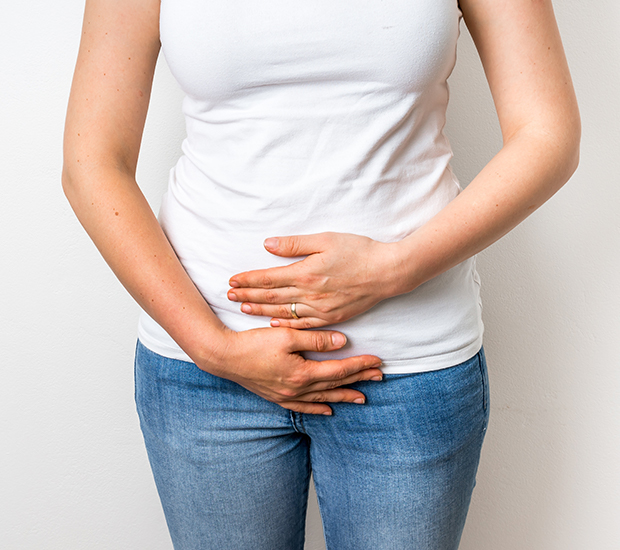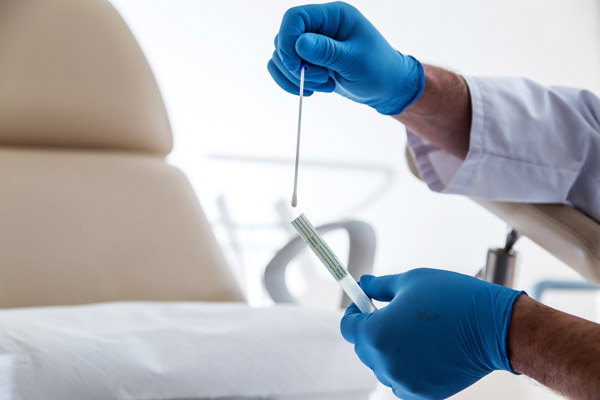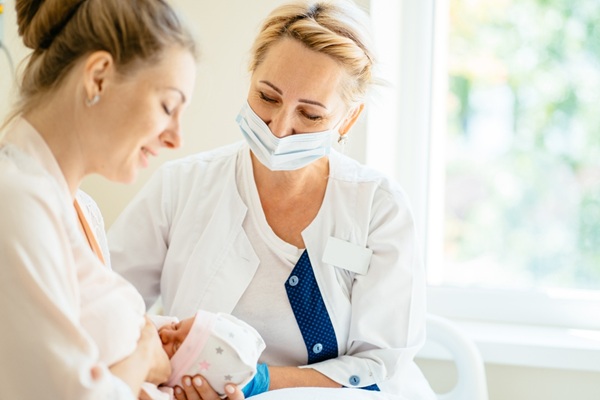FibroidsTomball, TX
A fibroid is a non-cancerous growth that mainly consists of muscle and fibrous tissue. Also called myomas, leiomyomas and fibromas, fibroids grow in or around the uterus area and can be as small as a pea or as large as a grapefruit. The fact that many people will not experience any symptoms at all makes it essential to schedule regular appointments with a gynecologist for a complete examination. When it is necessary to remove fibroids, it is dependent on their location, as well as their size, when it comes to determining how easy they will be to remove from the body.
Types of Fibroids
There are four different types of fibroids:
- Intramural fibroids: The most common types of fibroids, which grow and stay within the uterine wall
- Subserosal fibroids: Fibroids that grow outside the uterine wall
- Pedunculated fibroids: Fibroids that can either grow within or outside the uterine wall
- Submucosal fibroids: The rarest type of fibroids, which grow within the uterine wall but have the potential to obtrude into the uterus
According to the National Institute of Health, up to 80 percent of women will have fibroids by the time they reach the age of 50.
How Fibroids Are Diagnosed
A fibroid diagnosis will need to be determined by a gynecologist, who will need to perform a full pelvic examination on the patient in order to determine whether they have fibroids or not. During the examination, it is possible that the doctor may order additional tests that will give them the information they need to make a correct diagnosis.
Additional tests that may be necessary in order to provide a proper fibroid diagnosis include:
- A pelvic MRI
- An ultrasound
- An X-ray
- An endometrial biopsy
- A blood test
Common Fibroid Symptoms
Common fibroid symptoms are not always obvious, as most of them can seem normal. For example, pelvic cramping and heavy menstrual bleeding are two fibroid symptoms, which can be considered normal for some people.
Symptoms associated with fibroids include the following:
- Menstrual periods that last longer than the normal five to seven days
- Experiencing any type of bleeding between menstrual periods
- A feeling of unusual pressure located in the lower abdominal area
- The need to urinate much more often than usual
- Experiencing any type of pain or discomfort during sexual intercourse
Possible Causes of Fibroids
While the cause of fibroids is still unknown, it is currently believed that fibroids are either related to a genetic issue or a hormone issue. Many health issues that people experience are a product of genetics, which is something they have no control over. When it comes to hormonal issues, it is believed that estrogen, progesterone, growth hormones and out-of-place cells are all considered to be factors.
Some factors that could possibly cause fibroids:
- A family history of fibroids
- Being overweight
- Being African American
- Being pregnant
- Giving birth to fewer than two children
- Drinking too much alcohol
- Starting menstruation before the age of 11
- Not eating enough citrus fruits
- Not getting the required daily amount of vitamin D
- Undergoing a lot of stress, being always in a constant state of worry
Treatment Options
Not every woman who has fibroids needs to receive treatment. Instead, it may only be necessary for a gynecologist to simply monitor the overall growth of the fibroids. People who are currently pregnant or planning on having a family will often require a different type of treatment option compared to those who have already had their children or do not plan on having a family. The treatment options available today will depend on a few different factors, i.e., the types of fibroids present, how severe the symptoms are, age and overall health.
Today's treatment options for addressing fibroids in women include the following:
- Undergoing a surgical procedure in order to remove the fibroids, which could include a hysterectomy
- Taking birth control pills or using an IUD, which helps minimize any heavy bleeding, discomfort and/or pain associated with menstruation
- Undergoing hormonal therapy injections for a short amount of time, which can help make the fibroids smaller
- Taking prescribed medications for the purpose of regulating hormone levels, which can lead to a shrinkage in fibroids
- Taking a nonsteroidal anti-inflammatory drug, i.e., ibuprofen.
- Taking an iron supplement in order to counteract the anemia that often occurs with heavy menstrual periods
- Practicing natural treatments at home, i.e., yoga, making healthier food options, etc.
At Donald Eckhardt Jr., M.D., Kari Eckhardt W.H.N.P., C.N.M., we can help you relieve the pain of fibroids. Call our Tomball office today.
Contact Us
Donald Eckhardt Jr., M.D. , Kari Eckhardt W.H.N.P., C.N.M. is located at
13635 Michel Road
Tomball, TX
77375





